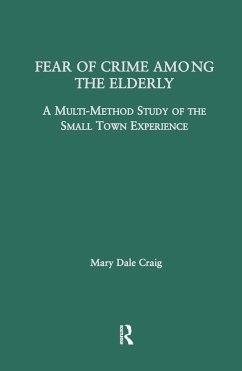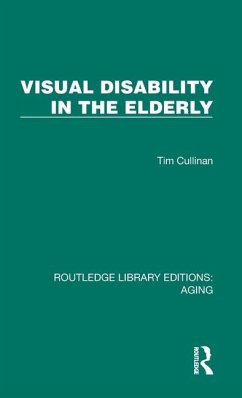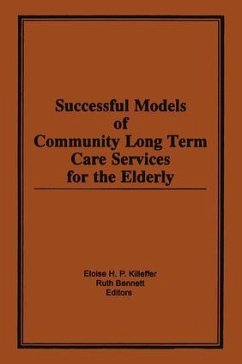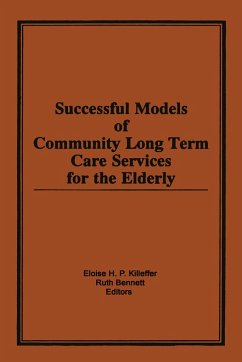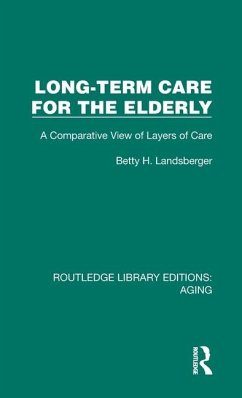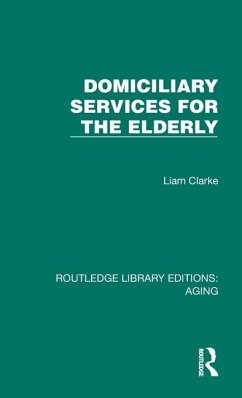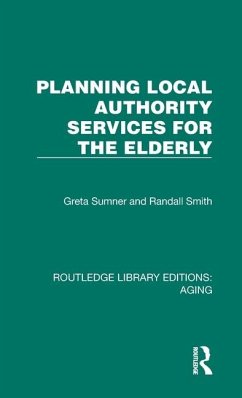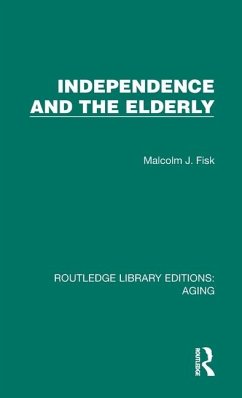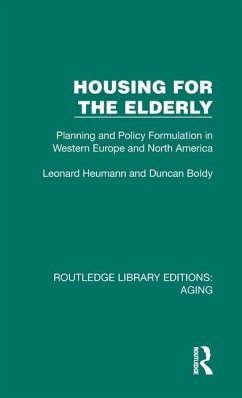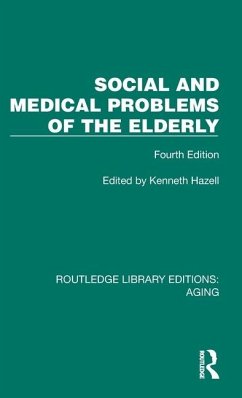
Fear of Crime Among the Elderly
A Multi-Method Study of the Small Town Experience
Versandkostenfrei!
Versandfertig in 1-2 Wochen
36,99 €
inkl. MwSt.
Weitere Ausgaben:

PAYBACK Punkte
18 °P sammeln!
This multimethod study of crime and the elderly in a small-town setting approaches the related issues from varied perspectives and ultimately presents a different picture of fear of crime among the elderly than that which dominates the current literature. Three features contribute to this book's uniqueness. The first is a departure from the urban view; the second is an emphasis on phenomenology; and the third is multimethodology. With an emphasis on qualitative research, this study allows the elderly and other key informants to present their own portrait relative to crime..a portrait that is f...
This multimethod study of crime and the elderly in a small-town setting approaches the related issues from varied perspectives and ultimately presents a different picture of fear of crime among the elderly than that which dominates the current literature. Three features contribute to this book's uniqueness. The first is a departure from the urban view; the second is an emphasis on phenomenology; and the third is multimethodology. With an emphasis on qualitative research, this study allows the elderly and other key informants to present their own portrait relative to crime..a portrait that is far more contextually varied and far less dominated by fear and vulnerability than is commonly assumed.





